Long before cars, trains, or planes—there were horses.
They pulled our plows, carried warriors into battle, and helped build empires. Some of these breeds have been with us for thousands of years, shaping the way we traveled, farmed, and even fought.
Their strength, speed, and loyalty weren’t just useful—they changed history.
And while times have changed, the legacy of these ancient horses still lives on today.
Akhal-Teke
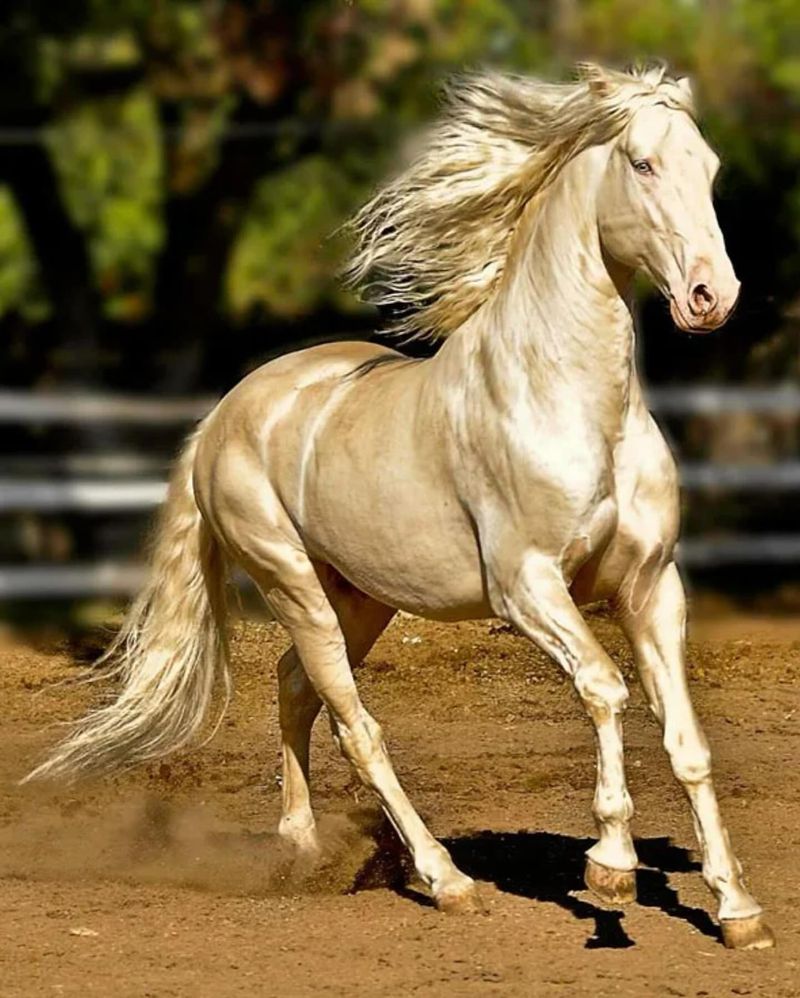
The Akhal-Teke, known for its shimmering metallic coat, hails from Turkmenistan and is one of the oldest horse breeds in the world. Revered for its endurance and speed, this breed has been a symbol of prestige and power for centuries.
In ancient times, the Akhal-Teke was a crucial asset for nomadic tribes, aiding in both transportation and warfare across harsh desert landscapes. Today, it remains a symbol of Turkmenistan’s cultural heritage.
With its unique appearance and rich history, the Akhal-Teke continues to captivate horse enthusiasts worldwide.
Marwari Horse
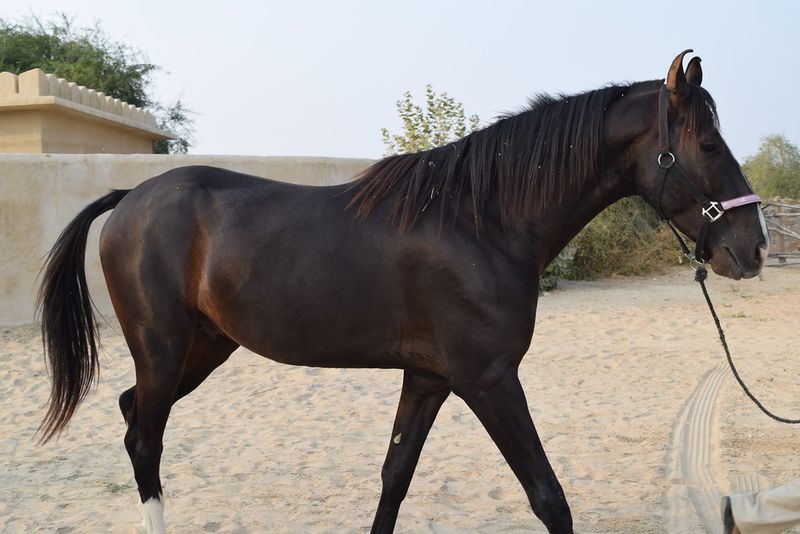
In the deserts of Rajasthan, the Marwari horse stands out with its uniquely curved ears and spirited demeanor. These horses are treasured for their endurance and bravery in the harshest of terrains.
Once the esteemed mounts of Rajput warriors, their loyalty and courage were unmatched in battle. Today, they continue to captivate with their exotic beauty and spirited nature.
Fun fact: The Marwari’s inward-turning ears are not just for show; they provide a keen sense of direction, crucial for survival in vast desert landscapes.
Arabian Horse
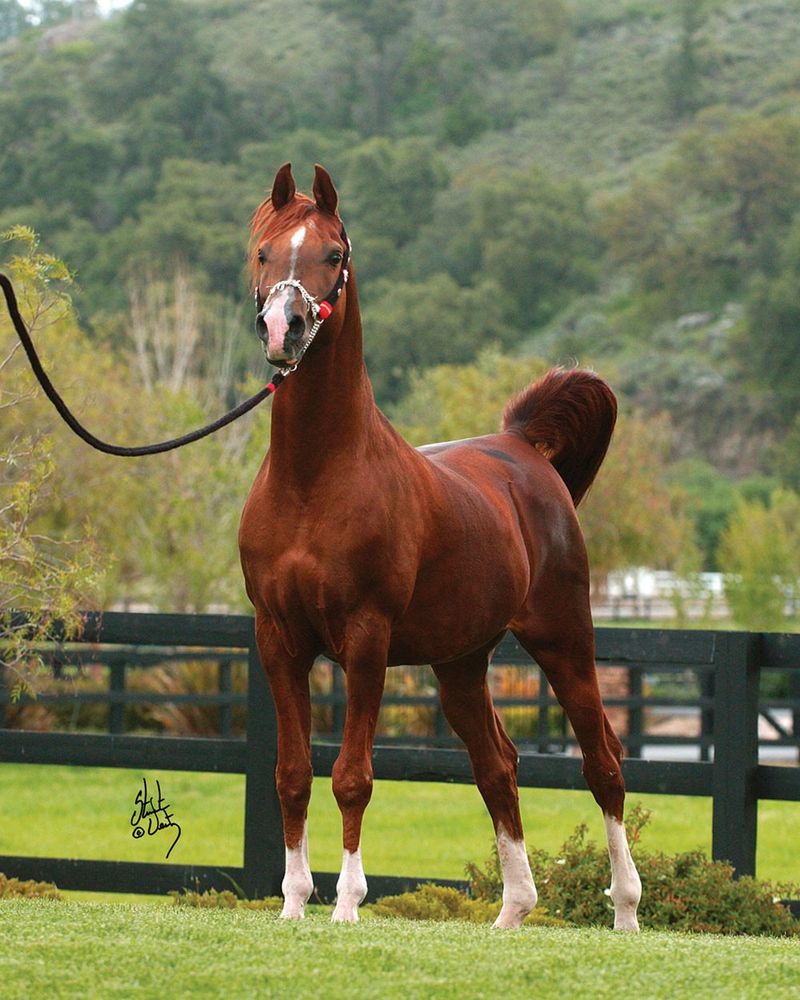
The Arabian horse, with its refined features and spirited temperament, originates from the Arabian Peninsula. Renowned for its intelligence and endurance, it has been a key asset in Middle Eastern culture for centuries.
Arabian horses have contributed significantly to the development of other horse breeds, enhancing traits such as speed and stamina.
Their influence extends beyond racing, playing a substantial role in military history. The breed’s storied past and unparalleled beauty continue to enchant equestrians worldwide.
Nisean Horse
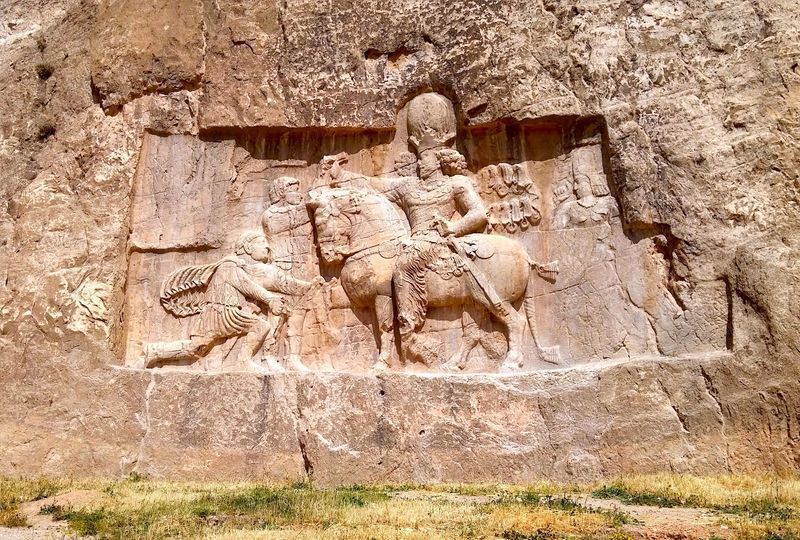
Renowned for their grace and beauty, Nisean horses were the pride of ancient Persia. Often described as the horse of kings, their noble stature and luxurious manes made them a symbol of power and prestige.
With a height that towered over other breeds, these horses were not only elegant but also formidable in battle. They carried Persian warriors into numerous victories, leaving an indelible mark on history.
Did you know? It is believed that Alexander the Great rode a Nisean horse during his grand conquests, reinforcing their legendary status.
Przewalski’s Horse
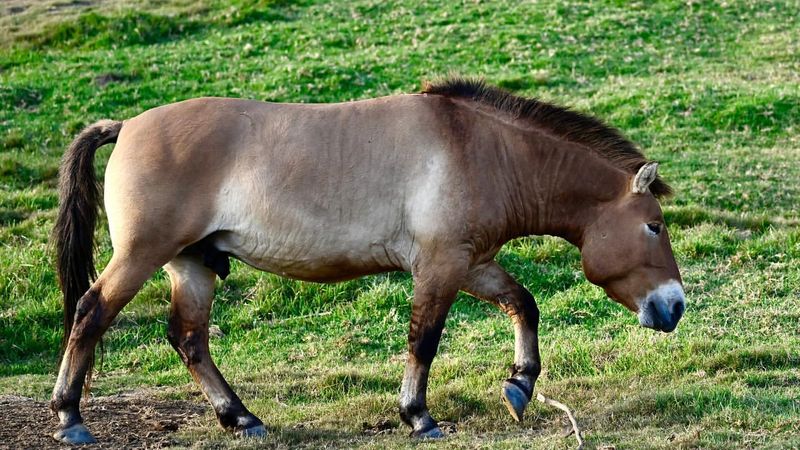
Przewalski’s Horse is the last truly wild horse species, native to the steppes of Central Asia. With a robust build and striking mane, it has survived against the odds.
Historically, this horse played a vital role in the ecosystems of Mongolia, providing insight into ancient equine genetics. Unlike domesticated horses, Przewalski’s Horse has never been tamed, retaining its wild instincts.
Conservation efforts have helped bring this once nearly extinct breed back from the brink, ensuring its continued presence in the wild today.
Fjord Horse
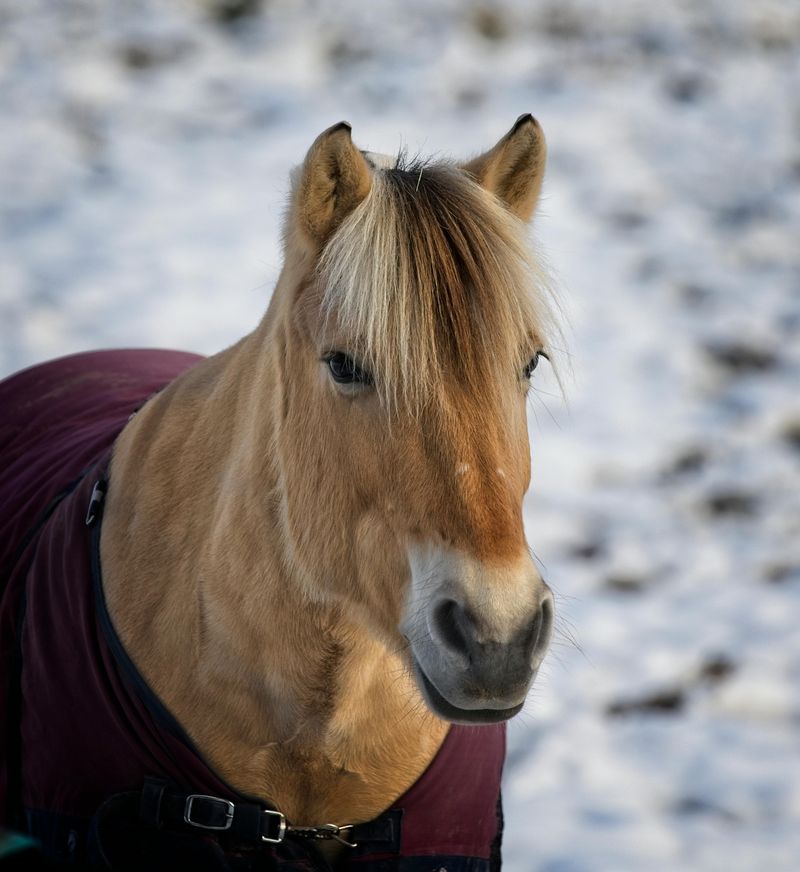
The Fjord Horse, native to Norway, is one of the world’s oldest and purest breeds. Known for its strength and versatility, it has been a valuable working companion throughout history.
Its unique appearance, with a distinctive dorsal stripe and upright mane, sets it apart from other breeds. Historically, the Fjord Horse played a crucial role in agriculture and transportation in Norway’s rugged terrain.
Today, it remains a beloved breed for both work and leisure, admired for its gentle disposition and hardy nature.
Andalusian Horse
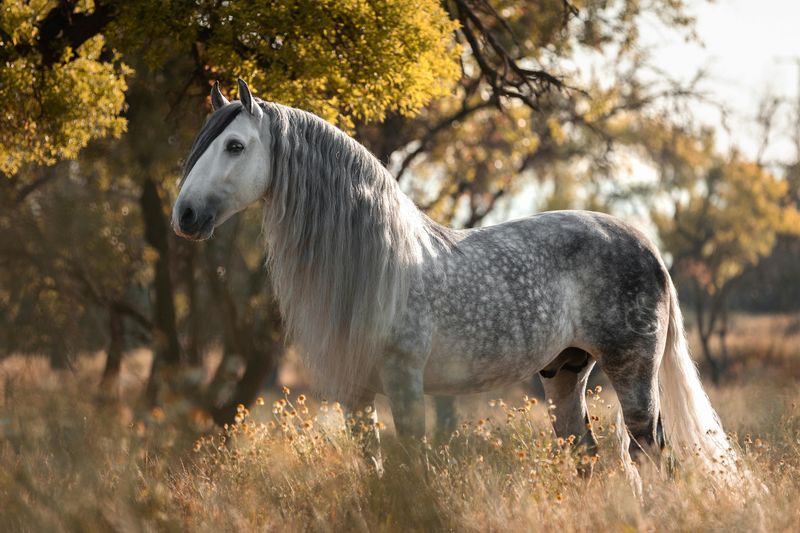
The Andalusian horse, hailing from the Iberian Peninsula, is celebrated for its poise and power. With a rich history in Spanish culture, this breed has excelled in classical dressage and mounted warfare.
Its versatility made it a favored choice among nobility, influencing the development of many European horse breeds. Known for its expressive movements and strong character, the Andalusian remains a popular choice for equestrian sports today.
This breed’s enduring legacy highlights its significant role in shaping equestrian traditions throughout Europe.

